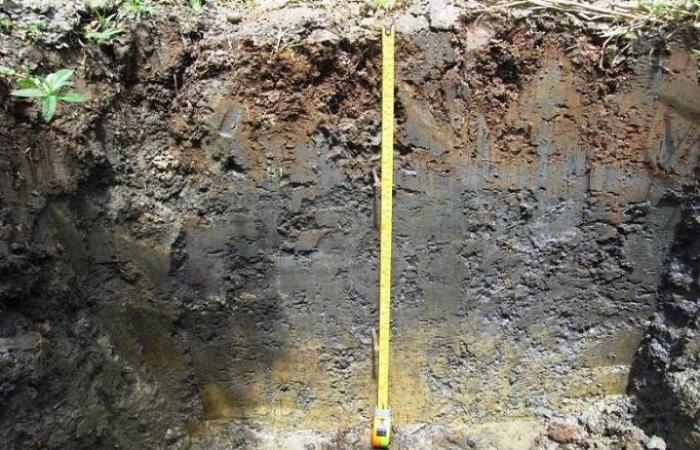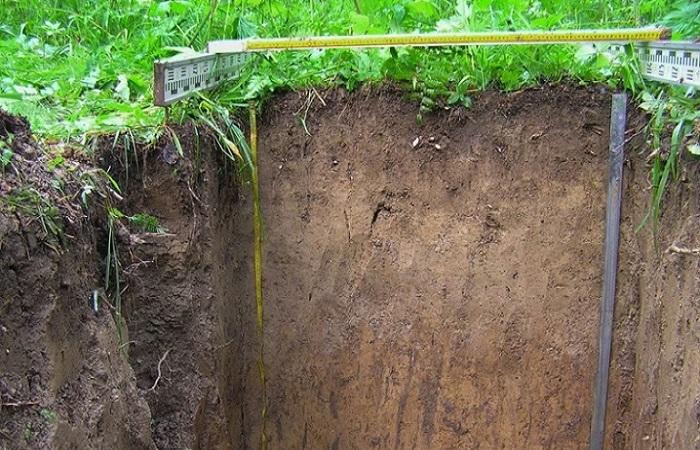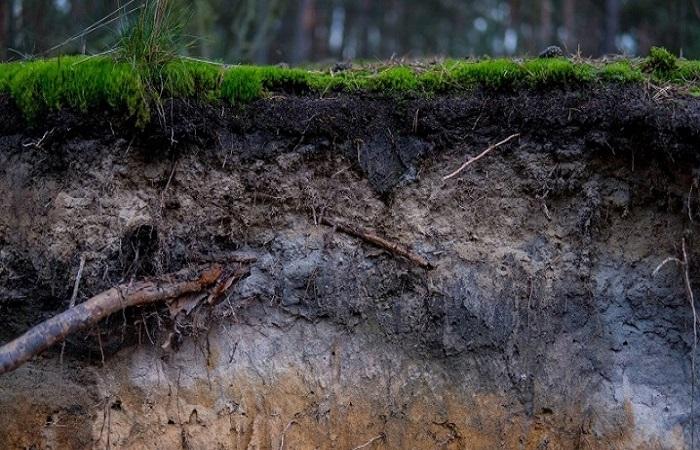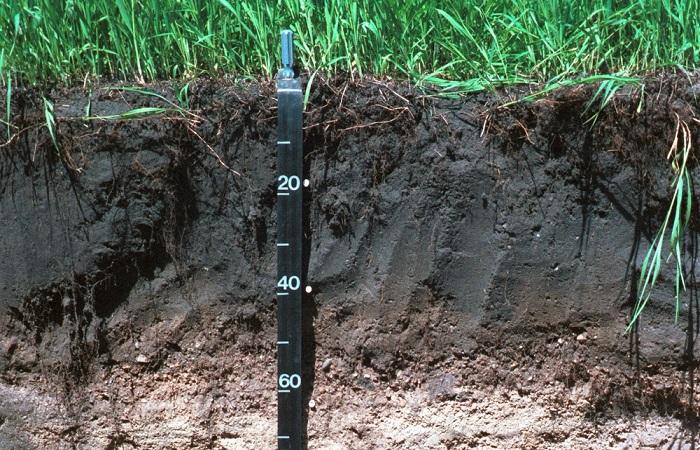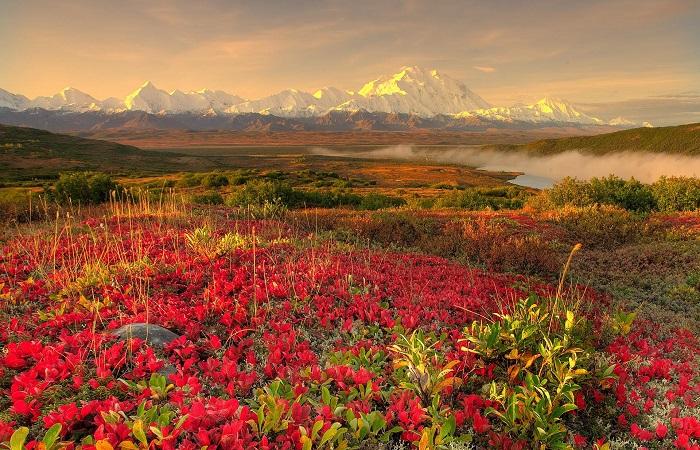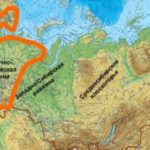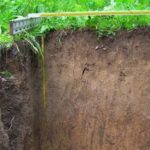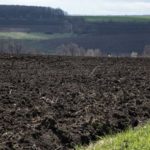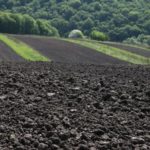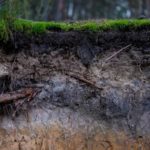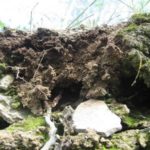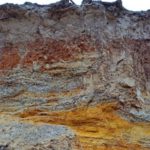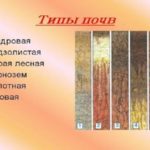The West Siberian Plain is located in western Asia. The climate - continental in the north and temperate in the rest - determines the formation of soil zones. Let us consider the characteristics of the soils of the West Siberian Plain, the predominant types: tundra-gley, podzolic and sod-podzolic, permafrost-taiga, chernozem and meadow-chernozem. What kind of vegetation grows on them.
Features of soils in Western Siberia
The continental climate intensifies towards the southeast of the plain; in general, it is more contrasting than on the nearby Russian Plain, but milder than in Eastern Siberia. In the northern and central parts of the plain, the moisture coefficient exceeds 1, which indicates excessive moisture. In such conditions, swamping of the territory occurs, which in some places reaches 80%.
A third of the territory of Western Siberia is covered by swamps. Their development is due to flat terrain, strong moisture, prolonged floods, poor drainage and an underlying layer of permafrost. There is a lot of peat in the swamps. In the south, the coefficient is less than 1, which indicates insufficient moisture.
The natural zones of Western Siberia extend with pronounced zoning. They are located, replacing each other from north to south: tundra, forest-tundra, forests with swamps, forest-steppe turning into steppe. In Western Siberia there are no mixed and broad-leaved forests, as on the Russian Plain, there are no zones of semi-deserts and deserts.
Predominant types
The soils of the plain from north to south are tundra-gley, podzolic and sod-podzolic, they are replaced by chernozems and meadow-chernozems. Most soils, in contrast to the same types on the Russian Plain, show signs of gleying. In the south of the plain there are solonetzes and solods.
Tundra-gley
They consist of a thin (3-5 cm) peat litter, followed by a grayish or brown moist humus level no more than 20 cm thick, in which plant roots develop. Sometimes it may be missing. After the humus layer there is a loamy illuvial horizon 8-12 cm thick. The color is brown with bluish and rusty spots. The last level is represented by grayish or bluish gley loam. It often contains a significant number of ice veins.
Podzolic and sod-podzolic
The turf layer is thin, contains little nitrogen and phosphorus, but contains 4-7% humus. Unlike podzolic soil, soddy-podzolic soil is more structured and has greater moisture capacity. The formation of this type occurs in a relatively cold and humid climate.
West Siberian soddy podzol is formed on flat, level areas with close groundwater. The main soil-forming rocks are moraines and sediments of the fluvio-glacial type. Podzols are formed under dense coniferous mixed forests. Due to low light levels, only shade-tolerant plants can grow on the ground. But this same feature and the forest floor retain moisture, preventing it from evaporating.
Permafrost-taiga
Formed in regions with permafrost. Due to insufficient flushing with water, the removal of nutrients is difficult. The depth of the soil profile often does not exceed 1 m. Permafrost-taiga soil does not accumulate much humus, the thickness of its layer does not exceed 10% of the total volume.
Chernozems
Black Earth is located mainly in the south and southeast of the plain, located under forest-steppes and steppes, on light loams. The chernozems of the south of the Omsk region and the north of Kazakhstan are distinguished by their clayey mechanical composition. There are carbonate masses at the surface. In the south of the forest-steppe there are typical medium soils, and in the north there are weakly leached thick chernozems. In terms of humus and nutrient content, these are the most fertile lands on the plain.
Meadow-chernozem
For the most part, they are located in the forest-steppe region, but can be found in the steppe zone and enter the deciduous forest zone. They are mainly found in low-lying areas of the plain.Closer to the east they are concentrated in the depressions of the Transbaikal intermountains, in the western part - in the Oka-Don lowland.
Due to geological and climatic differences from the chernozem zone, meadow-chernozem soils are formed with increased moisture, which is created by intense accumulation of precipitation and groundwater, approaching 3-7 m to the soil surface.
The steppe meadow-chernozem soil gives life to rich forbs; under the deciduous forests there is sparse herbaceous vegetation.
Vegetation
Plants of the West Siberian Plain are similar to plants growing on the neighboring Russian Plain, but there are also differences associated with a more severe climate and high humidity.
The forest-tundra is dominated by larch, and not spruce, as on the Russian Plain. Mixed forests here consist of pine and birch trees. Large areas of Western Siberia are occupied by floodplain and marsh vegetation.
In the forests of the taiga, which occupies the largest area of the plain, not only spruce and pine grow, but also cedar, fir, and deciduous trees. The forest-steppe of Western Siberia is a combination of aspen-birch coppices and steppe areas with meadow vegetation.
The steppes are 90% plowed. Feather grass, tulips, irises, thyme, fescue, and wormwood grow in untouched areas. Shrubs, rose hips, honeysuckle, and spirea grow in damp places, and swampy meadows are located in the floodplains of rivers.
The soils of the West Siberian Plain are diverse in structure and morphological characteristics.Soddy-podzolic, meadow-chernozem and chernozem soils are of economic value.

